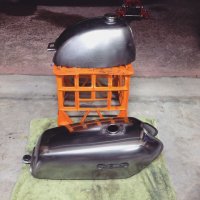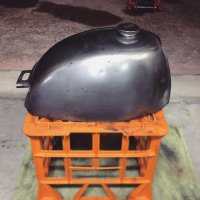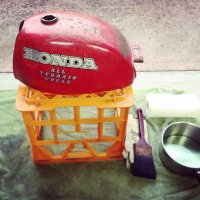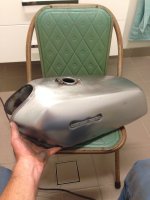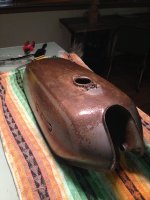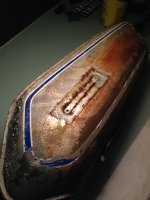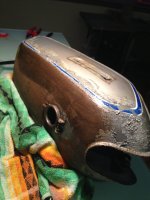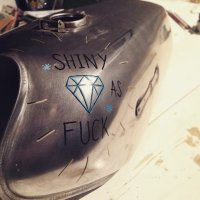Djfob said:That Eastwood clear is actually made for bare metal. I know with paint specific clears there's a chance of rust forming under.
Yep, that's why I used it.
Djfob said:That Eastwood clear is actually made for bare metal. I know with paint specific clears there's a chance of rust forming under.
Brodie said:Wd40 is a massive pain in the arse to clean off before paint. If you don't remove all of it you will get fish eyes all through your primer. I recommend using 2t oil or the likes. Just remember to give it a bloody good clean before primer no matter what you use.
KICKRacing said:Tune, did you sand or scuff your oem paint before you applied your paint stripper? I found that scuffing it first allows the stripper to penetrate the factory paint as well as factory primer layers. Its especially helpful in areas that are later hard to get at with a wire wheel or a sanding disc such as the crevices and contours on the underbelly of the gas tank.
Brodie said:DJ, 3M make "Coating Removal" disks in various grades. I have used these many times, the light grade will remove paint no problem. Just attach it to your grinder and go for it.
Looks like this.
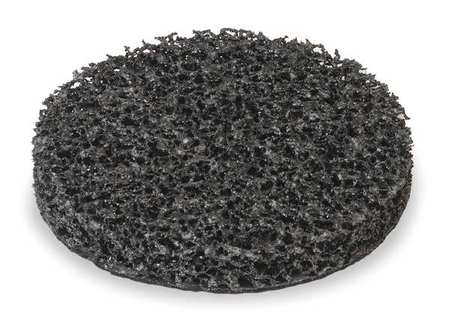
I used something like this mounted in a drill and stripped a CB550 tank. Worked like a charm.
